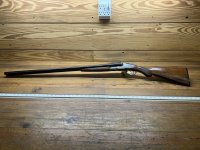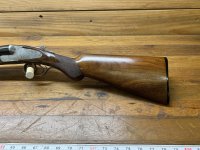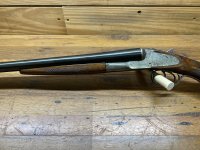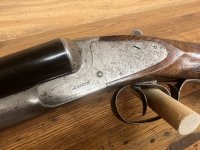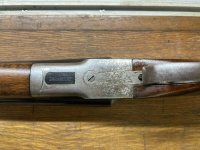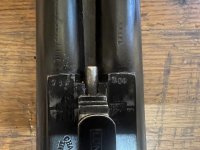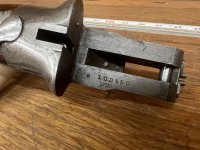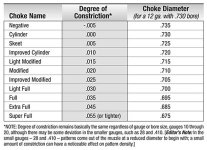A duck hunting buddy of mine recently lost his 92 year old father and he is starting to get rid of items he doesn't need or want. His father had a large gun collection so some of the guns are up for sale. One gun is a LC Smith 12 gauge sxs with 28" barrels and marked "Long Range" on the bottom of the frame.
I am seriously considering buying this gun even though I've not seen it in person. Problem is I know very little about this gun. How can I determine if it is 3" or 2 3/4" chamber and what the chokes are. Did LC Smith mark the barrels? Also, are the guns with the "Long Range" marking the same as those marked "Waterfowl"? I'd surely love to find another sxs made just for waterfowling as is my HE Super Fox.
Thanks for your help.
Eric
I am seriously considering buying this gun even though I've not seen it in person. Problem is I know very little about this gun. How can I determine if it is 3" or 2 3/4" chamber and what the chokes are. Did LC Smith mark the barrels? Also, are the guns with the "Long Range" marking the same as those marked "Waterfowl"? I'd surely love to find another sxs made just for waterfowling as is my HE Super Fox.
Thanks for your help.
Eric


